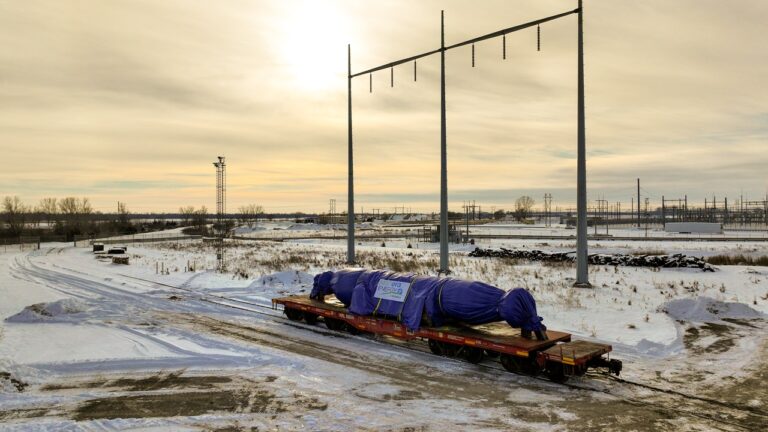Iowa’s seasonally adjusted unemployment and labor force participation rates held steady in February amid modest job growth across many private industries, according to a report Thursday, March 27 from Iowa Workforce Development.
Meanwhile, the amount of unemployment benefits paid remained near historic lows as a percentage of the wages covered by unemployment insurance.
The seasonally adjusted unemployment rate in Iowa was 3.3% in February, equal to January and up from 2.7% one year ago. The labor force participation rate was unchanged at 67% percent. Meanwhile, the U.S. unemployment rate increased to 4.1% in February.
The total number of unemployed Iowans increased to 57,300 in February, up from 56,600 in January. The total number of working Iowans fell by 600 to 1,663,600.
“February’s numbers remained steady, which indicated that we have sustained the large number of Iowans that returned to work between December and January,” Iowa Workforce Development executive director Beth Townsend said. “Overall, unemployment benefits still sit near a historic record low after adjusting for inflation. That means fewer Iowans need fewer weeks of benefits because of the steps we have taken to make our agency a reemployment agency. Having a robust reemployment program lessens the impact of layoffs on the individual, as well as our economy as a whole.”
Firms in Iowa shed 1,100 jobs in February, lowering total nonfarm employment to 1,594,800 jobs. This loss ends a streak of job gains starting in November.
February’s loss was fueled in part by weak seasonal hiring (less hiring than expected based on previous seasonal fluctuations) at state government universities. Collectively, government (a sector that includes federal, state, and local political subdivisions, as well as schools, universities, and public hospitals) shed 3,400 jobs in February after a gain of 2,900 the previous month.
Private industry added 2,300 jobs with most of these gains occurring within service industries.
Following this month’s loss, total nonfarm employment trails last February’s mark by 7,400 jobs.
Health care and social assistance added 800 jobs in February to lead all sectors. This sector has also added jobs in five consecutive months, with 3,700 jobs gained over that period.
Private education increased by 700 jobs since January. This sector has added 1,100 jobs so far in 2025.
Manufacturing added 500 jobs, primarily related to food production and animal processing.
Private sector losses were much smaller in nature and were led by professional, scientific, and technical services (-800), an industry that has shed jobs in three of the last four months, paring 2,200 jobs since October.
Other losses were small and include information services (-300), financial activities (-200), and retail trade (-200).
Health care and social assistance has added the most jobs over the past 12 months (+5,800). Firms in this sector have shown a growing willingness to hire as the annual gain continues to expand.
Wholesale trade has gained 1,100 jobs annually, and other services are up 500 jobs.
Conversely, manufacturing has shed the most jobs over the last 12 months (-7,600). Most of these losses were in durable goods firms (-5,600). Construction is second in terms of annual loss (-3,400). This sector has shown little movement in staffing to begin the new year.








